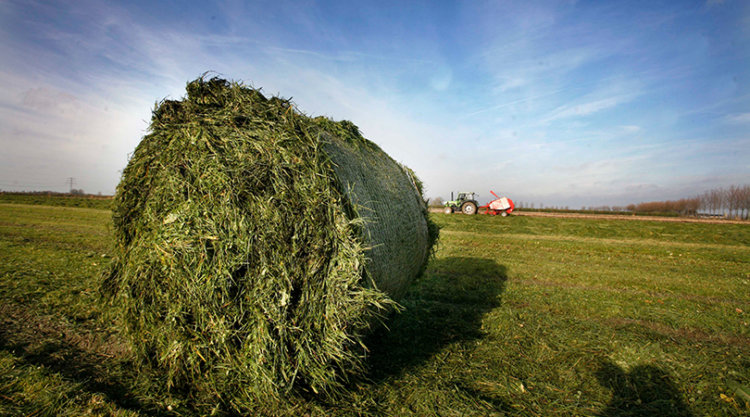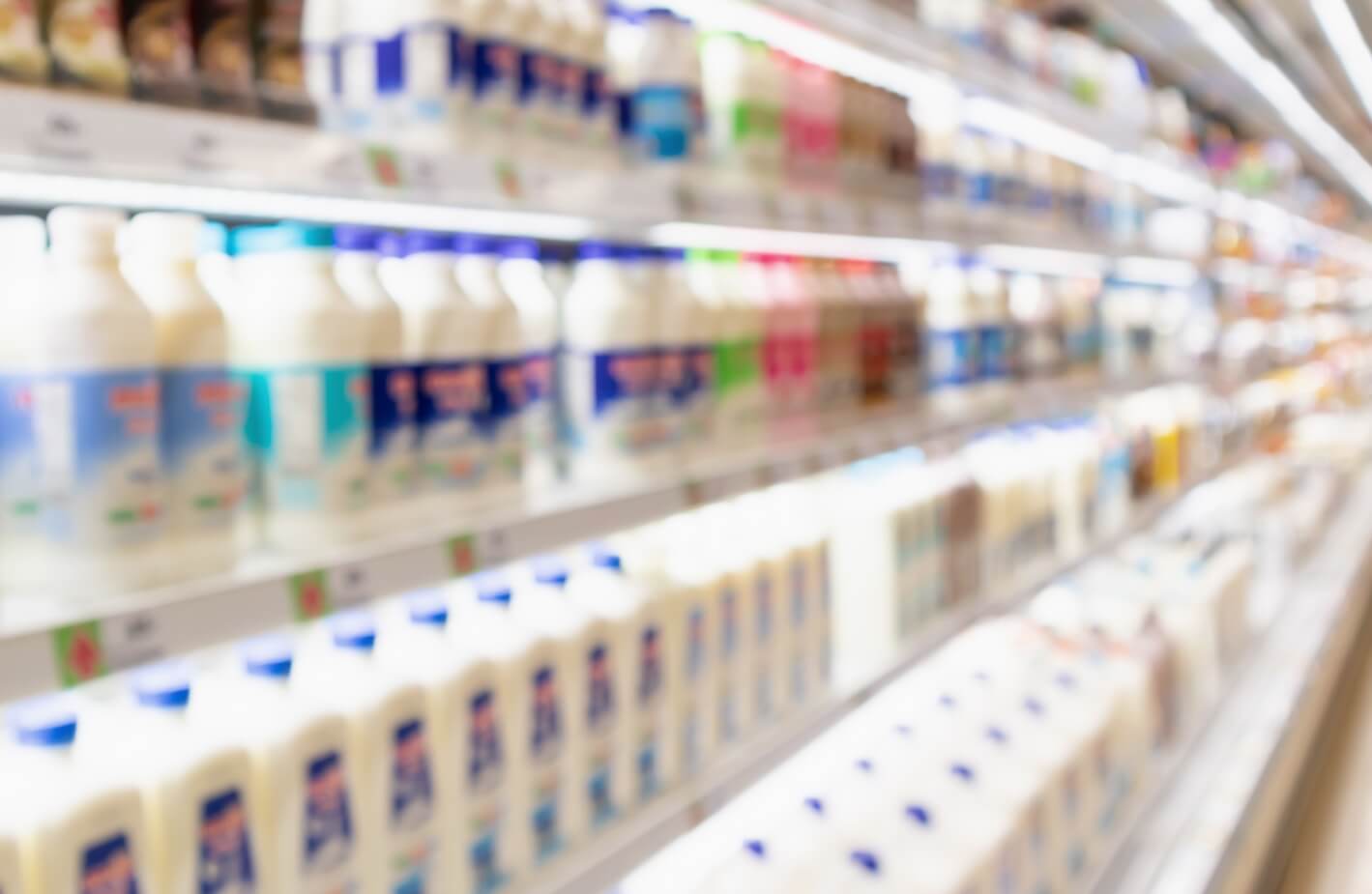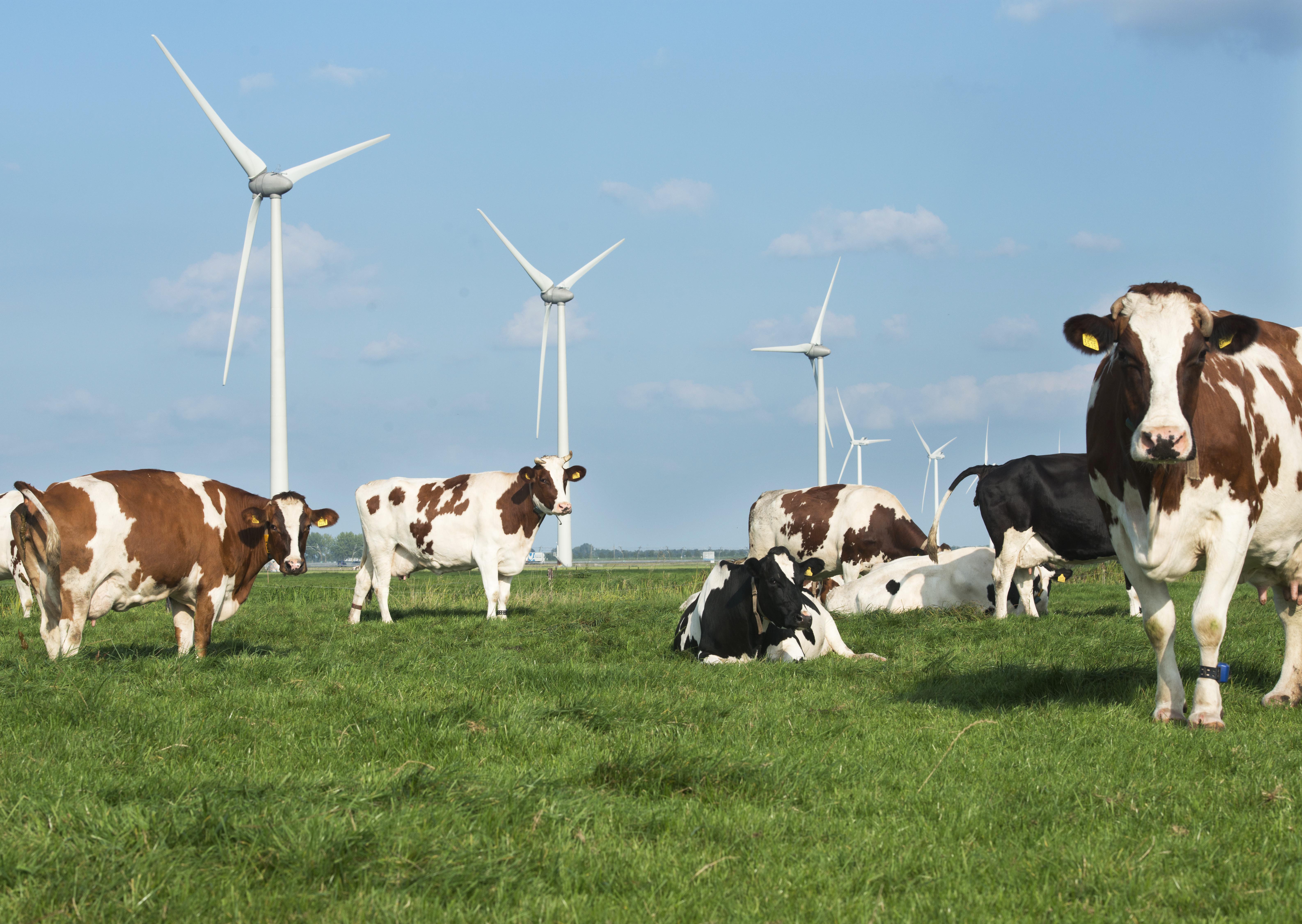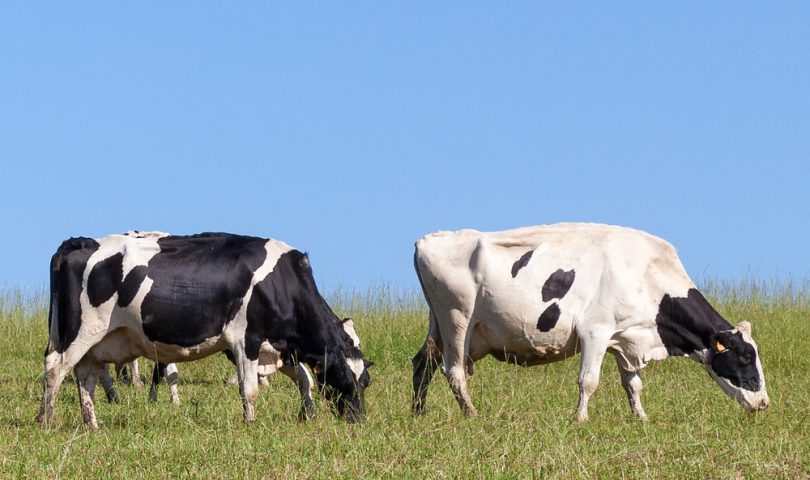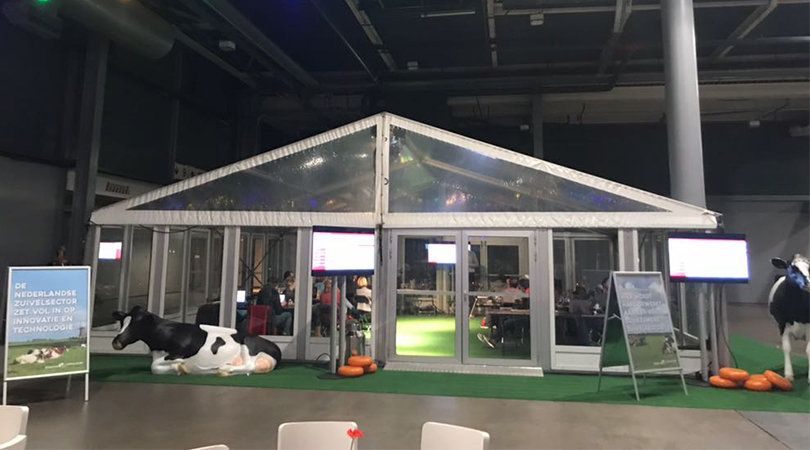
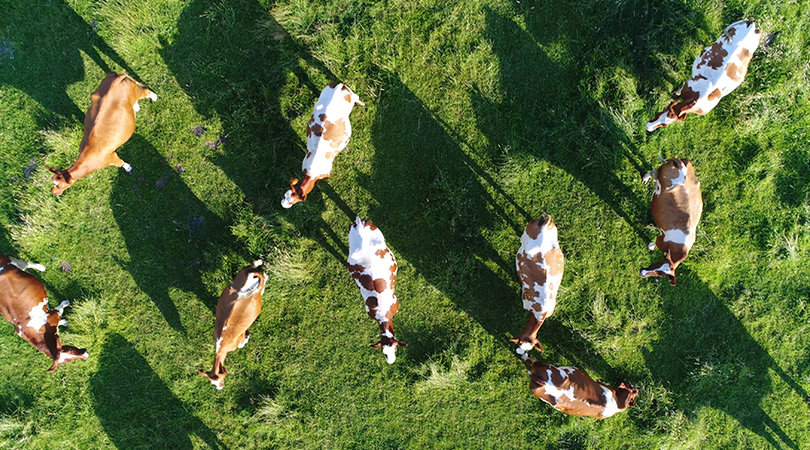
Land-related farming
Land-related dairy farming is an important part of the Dutch cultural landscape.
Read moreDairy farming in the Netherlands has always been a sector centered around the land. A good relationship between land and animal is essential, and it represents an important part of the Dutch cultural landscape. This is why the dairy sector promotes land-related dairy farming and the continuation of grazing for dairy cows.
The Dutch Dairy Association and the Department of Dairy Farming at LTO welcome the advice of the Land Relatedness Commission, which presented a far-reaching and broadly supported vision for land-related farming. This vision offers dairy farming a promising future, sketching the dairy farm of 2025 and what we need to do to get there, and thus marking the spot on the horizon the dairy chain needs. In its advice, the commission also takes account of the goals of the Sustainable Dairy Chain in the areas of grazing, animal welfare, biodiversity, and climate and energy.
Land-related dairy farming
The dairy farm of the future is land-related. Grass is the core of the cow’s diet. Fodder comes from the farm’s own land or from a farm nearby, making every dairy farm locally self-sufficient in its supply of grass and fodder. Ingredients from outside Europe, which have directly or indirectly contributed to mining of nature reserves, are no longer used. Every dairy farmer can dispose of manure from their farm through their own farm’s processes or at a nearby farm – a circular economy thanks to the cycle and recycle of feed and manure. Dutch dairy’s position in the market and in society can become stronger as a result.
The core of land-related farming can be summarized in four building blocks:
- At least 65% of protein in the cow’s diet must come from the farm itself or from a farm nearby. This means that every dairy farm must become largely self-sufficient in terms of its protein supplies.
- To realize local fodder-manure cycles, dairy farmers can sign contracts with another farmer within a 20-kilometer radius for the supply of feed and the disposal of manure. However, such a contract can only be drawn up if a farm can supply 50% of its own fodder from its own land.
- The property must be large enough to ensure the land-related character of the dairy farm, and it must have grass. This promotes grazing practices and provides the characteristic picture of the dairy farm that makes the Dutch cultural landscape so beautiful. In 2025, stocking density at a dairy farm may not exceed 10 dairy cows per hectare of grazable land.
- The higher self-sufficiency in terms of protein supply heavily reduces the need to import protein-rich ingredients. This means less dependency on the global market and less pressure on the ecosystems in South America and South-East Asia. By 2025, the import of such ingredients for use in dairy feed will have dropped by two-thirds.
